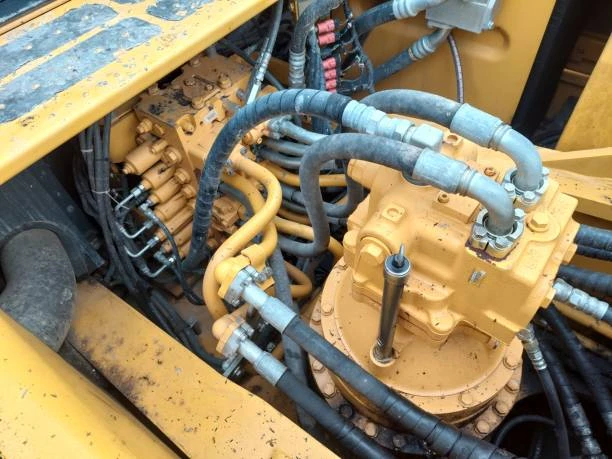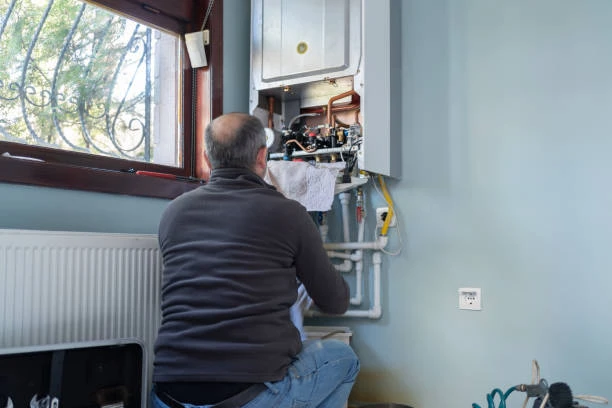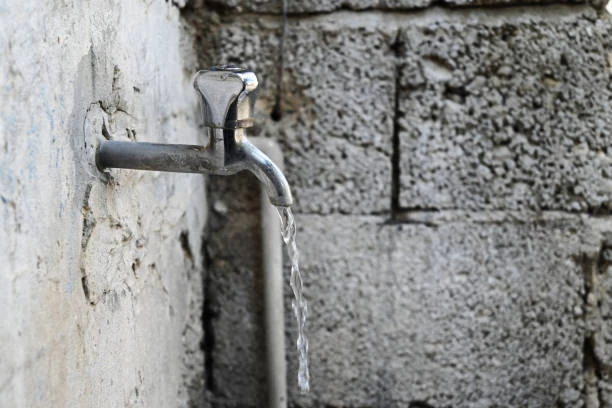
Introduction to Safety Valves
Safety valves play an essential role in various industries. Their primary function is to prevent overpressure in systems. By releasing excess pressure, they protect equipment and personnel. Commonly used in gas, oil, and chemical industries, safety valves ensure operational safety. Understanding their design and functionality is crucial for effective application.
Types of Safety Valves
Various types of safety valves exist, each serving specific needs. The most common types include spring-loaded, pilot-operated, and balanced bellows valves. Spring-loaded valves use a spring mechanism to open at a preset pressure. Pilot-operated valves rely on system pressure to function, offering better performance. Balanced bellows valves minimize the effect of backpressure, ensuring accurate operation. Each type has unique advantages depending on the application.
Operating Principles
Safety valves operate based on simple principles. When system pressure exceeds a predetermined limit, the valve opens. This action allows excess pressure to escape, preventing potential hazards. Once pressure drops to a safe level, the valve closes. This cycle ensures continuous protection for equipment and personnel. Understanding these principles helps operators select the right valve for their needs.
Applications in the Oil and Gas Industry
In the oil and gas industry, safety valves are critical for maintaining safety. They protect pipelines and storage tanks from overpressure situations. For instance, during natural gas transportation, safety valves prevent explosions. Ball valve technology in natural gas pipelines enhances safety. These valves ensure reliable sealing and quick response to pressure changes. Their effectiveness contributes to safer operations in high-risk environments.
Importance of Regular Maintenance
Regular maintenance is vital for the reliability of safety valves. Operators should conduct routine inspections to ensure proper functionality. Checking for leaks, corrosion, and mechanical issues is essential. Additionally, testing the valve’s set pressure helps maintain accuracy. By adhering to maintenance schedules, industries can avoid costly failures and ensure safety.
Safety Standards and Regulations
Safety valves must comply with strict industry standards and regulations. Organizations such as ASME and API set guidelines for valve design and testing. Compliance ensures that safety valves perform reliably under various conditions. Furthermore, regulations mandate regular testing and maintenance. Understanding these standards helps companies maintain operational safety and meet legal requirements.
Innovations in Safety Valve Technology
Recent innovations have improved safety valve technology significantly. Advanced materials enhance durability and corrosion resistance. Additionally, smart technology integration allows for real-time monitoring. For example, some safety valves now feature sensors that provide data on pressure levels. These innovations lead to better performance and increased safety in various applications.
Future Trends in Safety Valve Design
The future of safety valve design trends toward greater efficiency and reliability. Manufacturers focus on developing more compact and lightweight designs. Furthermore, the integration of IoT technology facilitates predictive maintenance. As industries evolve, the demand for innovative safety valves will likely increase. This progression will enhance safety and operational efficiency across various sectors.
IFNS Products international standards
IFNS products strictly adhere to a comprehensive range of international standards, encompassing ISO 15874, EN 15874, ASTM F2389, DIN 8077/8078, GB/T 18742, NBR 15884, ISO 15494, EN ISO 15494, GB/T 19472, NBR 15494, ASTM 2846 (501), DIN 8079/8080 (502), ASTM F441/F441M SCH80 (503), DIN (504), DIN (505), GB/T 18993, AS/NZS 1477, CSA B137.6, NSF/ANSI 14, TIS 17-2532/1131-2535, BS 3505, BS 4346 (801), ASTM D1785 SCH40 (802), ASTM D1785 SCH80 (803), DIN (804), GB (805), GB (806), GB(901), DWV(902), ASTM D2665 (903), along with ASTM D2241, D2665, D2729, and F441/F441M series, ISO 1452, EN ISO 1452, DIN 8061/8062, GB/T 10002, AS/NZS 1477, JIS K6741, CSA B137.3, and other national and industry norms.
Connect
IFNS is a Chinese manufacturer of plastic pipes, fittings and valves with 30 years of experience. If you are interest in IFNS copper fittings, copper valves, plastic pipes and fittings, please contact us. IFNS offers you a variety of standard pipes to meet your specific needs. Click below to learn more about IFNS’s wide range of affordable and cost-effective valve products and piping system related products.
We will reply your email or fax within 24 hours.
You can call us at any time if there is any question on our production.
For more information,pls visit our webside https://ifns.su/
Whatsapp: +86 15088288323









